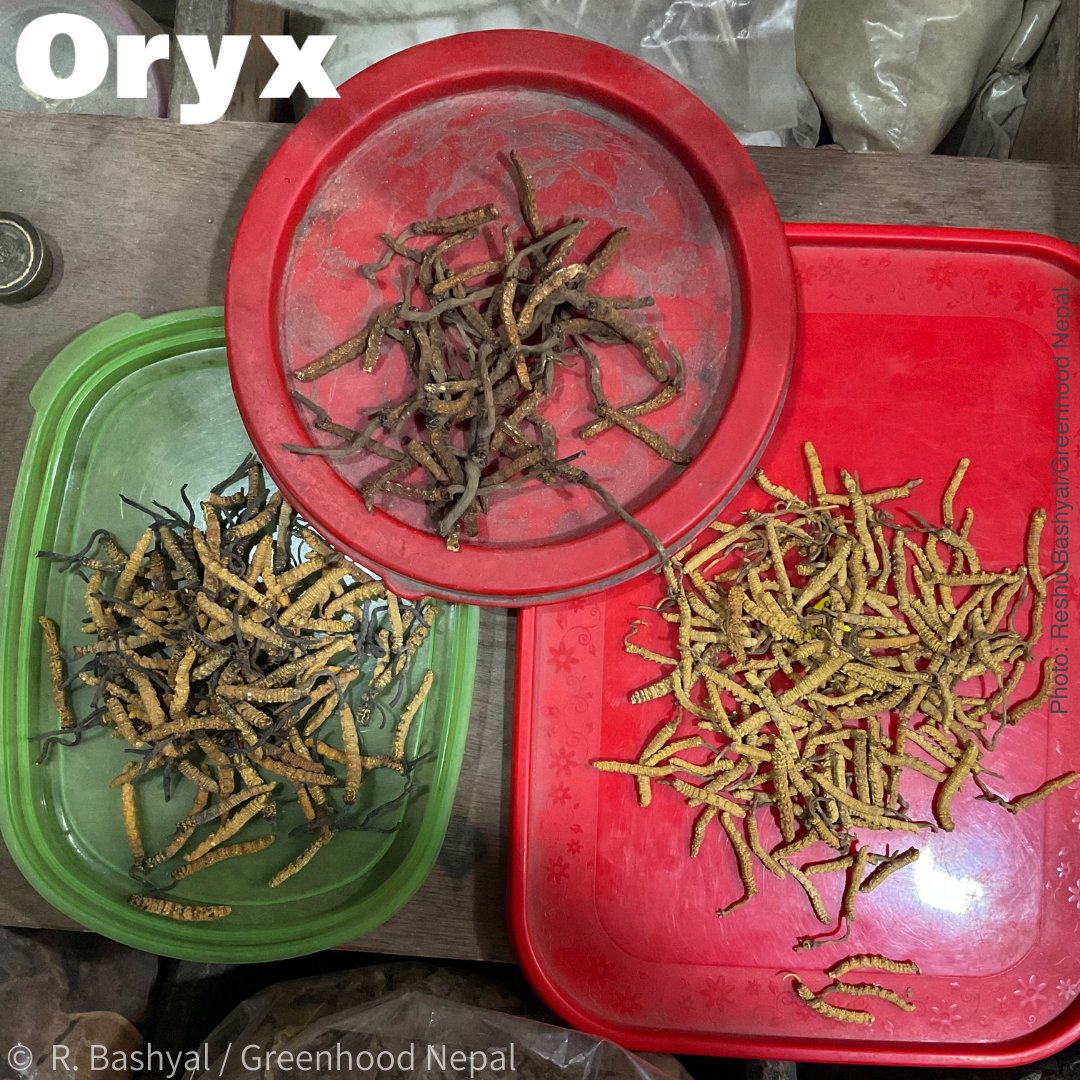
Language: English
Published: 2022
Publisher(s): Animal Conservation
Product Code:
PDF(0.15MB)
Rescue and rehabilitation capacity needed to save live pangolins seized from illegal wildlife trade in Nepal
K. Paudel, R. Bashyal, C. P. Pokheral, P. Kaspal, B. K. Karki, A. P. Khatiwada
Globally, pangolins are under serious threat of extinction, mainly due to poaching, illegal trade and habitat destruction. Meanwhile, there are growing efforts and interest in saving pangolins, including from governments, academia and conservation NGOs (Heighton & Gaubert, 2021; Shibaike, 2021). The eight surviving species of pangolins comprise the most traded mammal species globally, causing their wild populations to decline at an alarming rate (Challender, Nash, & Waterman, 2020). Of these eight species of pangolins, three are listed as critically endangered, three as endangered and two as vulnerable in the global IUCN red list, and the species are also listed in CITES Appendix I (CITES, 2022; IUCN, 2022). However, the international conservation commitments and legislation are unlikely to be enough to save pangolins on the ground. For example, in Nepal, it is common to see people struggling to get the correct information and having the right skills to deal with confiscated pangolins, and in many cases ending up with harming them, even though they intend to help pangolins. Frontline conservation communities require practical information about the pangolin, including ways to handle, rescue and rehabilitate confiscated individuals.
Read the full paper here: https://doi.org/10.1111/acv.12778




